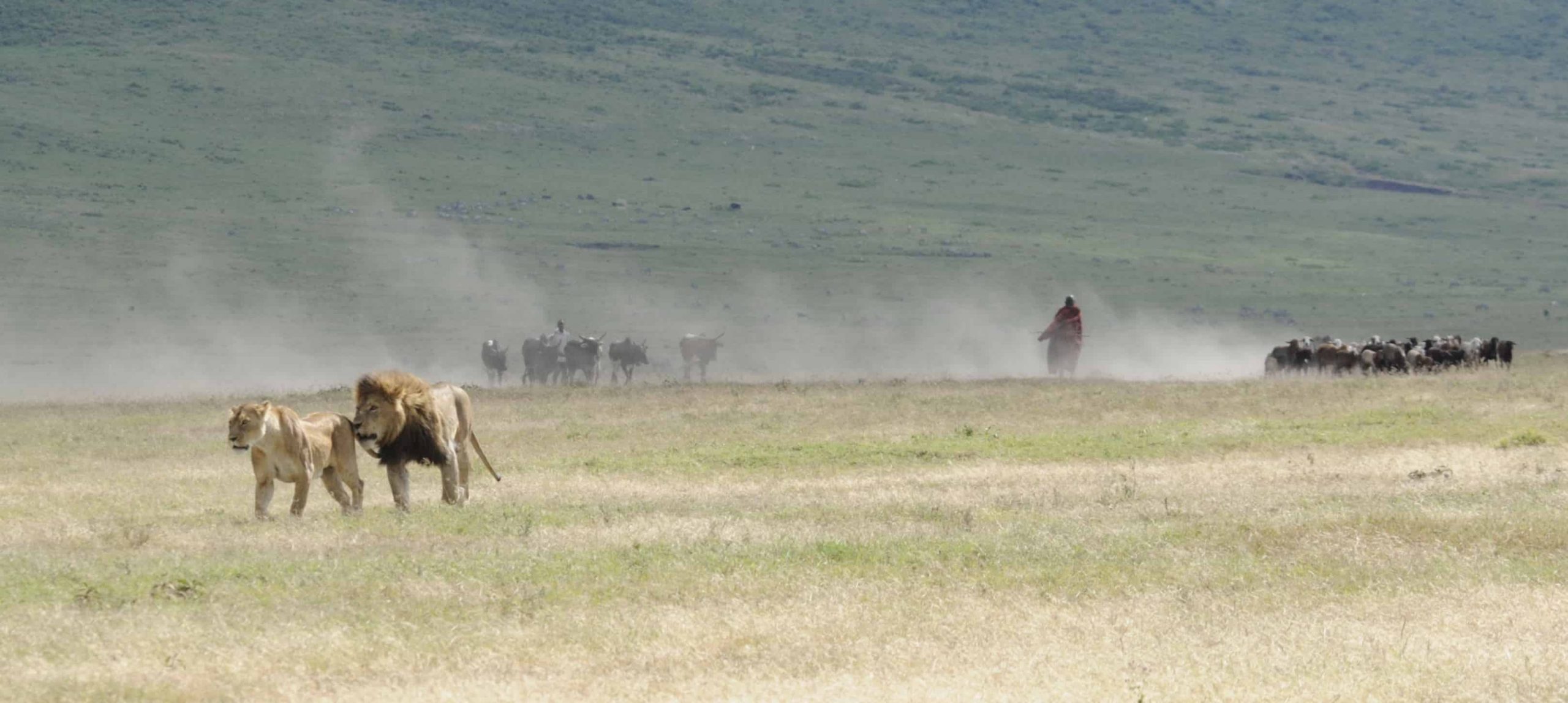WILDLIFE experts and ecologists have expressed fears and worry over the potential disappearance of animal corridors.
They have observed that human encroachment on wildlife habitats could possibly wipe out the corridors and further fuel Human Wildlife Conflicts (HWC).
“Wild animals are more connected to nature than human beings; however, we are concerned by conservation of corridors within national parks, game reserves and other protected areas in the country,” observed Dr Elikana Kalumanga , from the University of Dar es Salaam’s (UDSM) Zoology Department.
The wildlife ecologist called on wildlife researchers to ensure that such corridors are protected as a way of minimizing the effects of HWC.
Dr Kalumanga, who was speaking at a Media Training on Wildlife Crimes session held in Dar es Salaam at the weekend, cited a recent case of a number of marauding elephants that almost trampled on the Nzega District Commissioner’s office as an example of wildlife related conflict.
“The jumbos were possibly retracing their route to a water tank at the DCs office but found the building standing in their way,” he explained.
Two years ago, a herd of 43 stray elephants raided five villages in Monduli District, Arusha Region, causing fear and panic among villagers, further destroying 43 hectares of crops.
In 2017, another herd of marauding elephants were sighted within the vicinity of the University of Dodoma (UDOM). A monitoring and evaluation manager with USAID’s Conservation and Tourism Project (PROTECT), Mr John Norohna, informed media practitioners who convened for the Journalists’ Environmental Association of Tanzania( JET) coordinated training that HWC was still an issue of concern in conservation.
“The ministry responsible for tourism and natural resources is currently preparing a national strategy to address the situation,” he revealed. There has been a gradual increase in HWC over the years, according to Mr Norohna.
While there were 833 cases of human-wildlife related conflicts in 2017, the number shot up to 1,580 in 2019.
Article 1 of the Wildlife Conservation (Dangerous Animals Damage Consolation) Regulations 2011 states that any person who has suffered damage or destruction of his crops or livestock caused by a dangerous animal as prescribed under these Regulations shall, upon application and determination be eligible for consolation.







